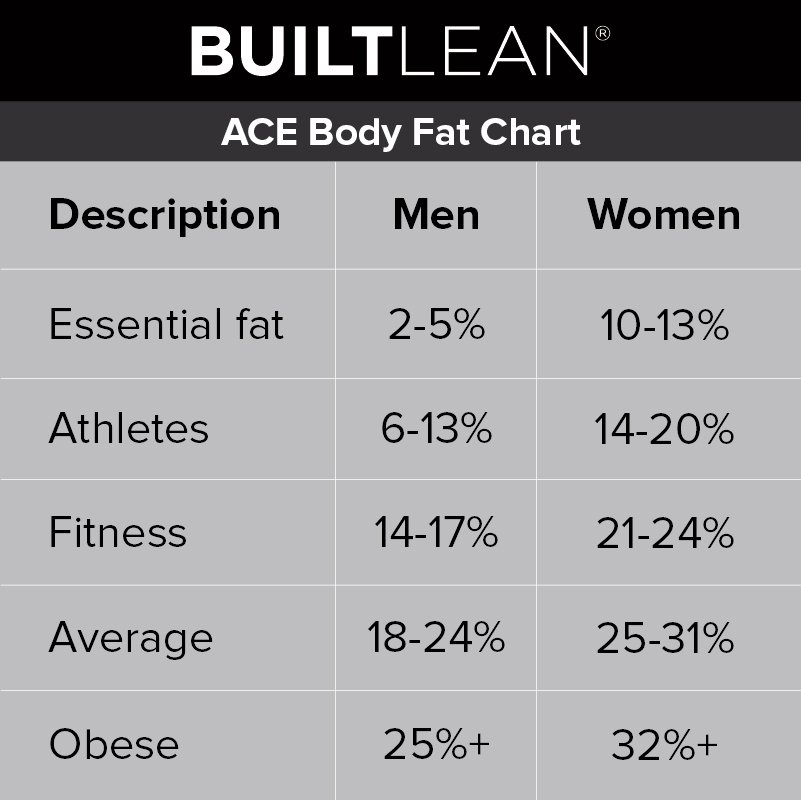 |
| Swear by Saucony! |
Amidst the recipes, I thought it about time for some musings about fitness! This post was inspired by my 11 mile run yesterday - 9.25 miles of that at approximately race pace (8:40/mile) and the remaining 1.75 for part of my active recovery at about a 10 minute mile pace.
Whenever you start a new workout routine, add weight or reps, or push your endurance, there's bound to be soreness and/or muscle fatigue. It's normal and expected - most people use it as a mark of success for a new fitness venture! However, I also think many people use it as an excuse to skip the next day (or two)'s workout. This is the worst time to skip a workout - it's just going to prolong your soreness. Which leads me to....
Active Recovery with Exercise!
When you push your body and your muscles to do something outside your typical workout, it works harder to complete these new exercises than it does the ones you're used to doing. Exercises work muscles in a variety of ways - when you change your routine, your muscles have to adapt and strengthen, which often results in soreness. When you lift weights or do cardio, you are actually breaking down your muscles by causing tiny tears in them - the soreness you feel is the muscle healing, rebuilding itself, and growing stronger. How better to facilitate this process than by increasing your blood flow through active recovery? Rather than taking a day of rest to nurse your sore muscles, it's better to work other muscles that aren't sore or (in the case of all over soreness) to do light intensity cardio or lifting to promote increased circulation. The more blood and oxygen that flow through the muscles, the faster they will recover! So, while after finishing a long distance run it may be tempting to find the closest place to sit down, the best thing you can do for your body is to keep moving and allow your muscles a good cool down.
Active Recovery with Fuel!
Many people think that after a hard workout, they should eat a big meal, drink a sports drink, or drink a protein shake. In reality, there's no need for any of that unless you are doing high intensity exercise that lasts for more than 60 minutes. When you exercise at a high intensity (such as running) for a length of time, your body can't keep up with the demand for aerobic energy production. So, it supplements with anaerobic energy by drawing on the glycogen (aka sugar) stores in your muscles and liver. A long-distance run or lengthy endurance activity causes significant depletion of these energy stores, which need to be properly replaced within 30-45 minutes of finishing your workout.
The 30-45 minute window is crucial for replacing glycogen stores as your muscles begin to recover immediately following exercise - without energy for recovery you'll notice extreme soreness and fatigue that leaves you wondering why you continue to run. On the other hand, if you refuel promptly and properly, you would be surprised to learn running 10+ miles leaves no soreness.
Everyone has a preference for how to refuel after long runs - some prefer to eat a normal meal, some drink
chocolate milk, and some -like me - prefer protein shakes. I've found this to be the best way for me to recover by replenishing what I've depleted during a run and prevent soreness and fatigue. There are lots of great protein powders out there but
whey protein is the best for sports nutrition. Make sure when choosing a protein powder it is low in sugar and high in protein. Drinking a protein shake post-workout shouldn't negate all your hard work, so check the calorie count too. I typically blend a scoop of
vanilla protein powder with 4 ounces of water, 4 ounces of unsweetened vanilla almond milk, and 3-4 ice cubes. Voila! Instant active recovery.
If you know you'll be in a situation where you can't access your ingredients within the 30-45 minute window, you can try pre-made shakes like
AdvantEDGE Carb Control. They travel well, are low in sugar, and provide the same benefits as a recovery drink.
No matter what the reason for your soreness, as long as you aren't injured, engage in some type of active recovery and your body will thank you!
Stay fit!


















